From Traditional to Trendy: Redefining Home Exteriors
Explore the shift in home exteriors from traditional to modern, highlighting innovation, sustainability, and the reflection of personal values in design.
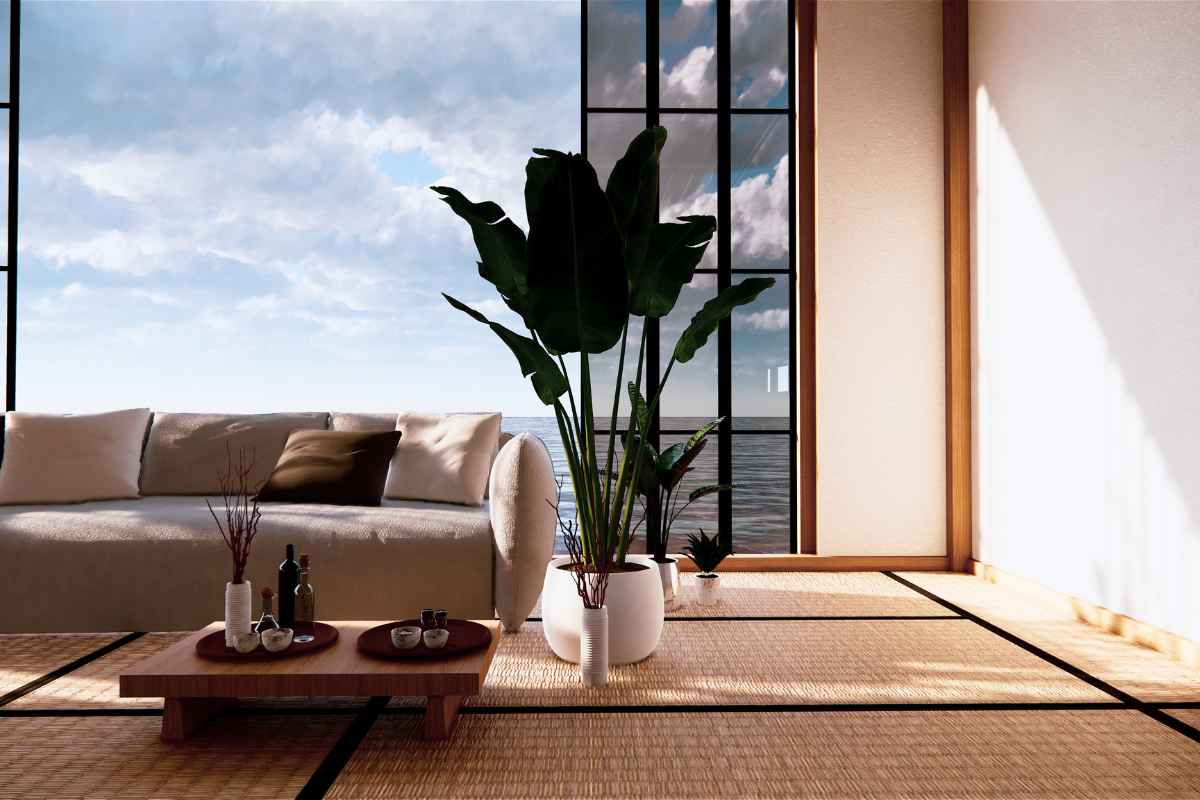
In the world of home design, the exterior is often the first conversation starter. It's the silent envoy that speaks volumes about a homeowner's style, preferences, and even values. Over the years, we've witnessed a fascinating evolution from traditional designs rooted in history to modern trends that challenge the norm and invite innovation.
This shift isn't merely about aesthetics; it reflects broader changes in technology, environmental awareness, and lifestyle aspirations. The movement towards modernity in home exteriors signals a collective desire for homes that are not only beautiful but also smart and sustainable. People are increasingly seeking designs that make a statement, reflecting their personality and values through their homes' outward appearance. This evolution is a testament to the dynamic nature of home design, ever-adapting to meet the changing desires and needs of society.
The Shift from Traditional to Modern
Traditionally, home exteriors relied heavily on natural materials like wood, brick, and stone, embracing styles that blend with the landscape or hark back to historical architecture. There was a comforting predictability in these designs, a homage to the past that many found appealing. Yet, as we edged into the 21st century, a transformation began.
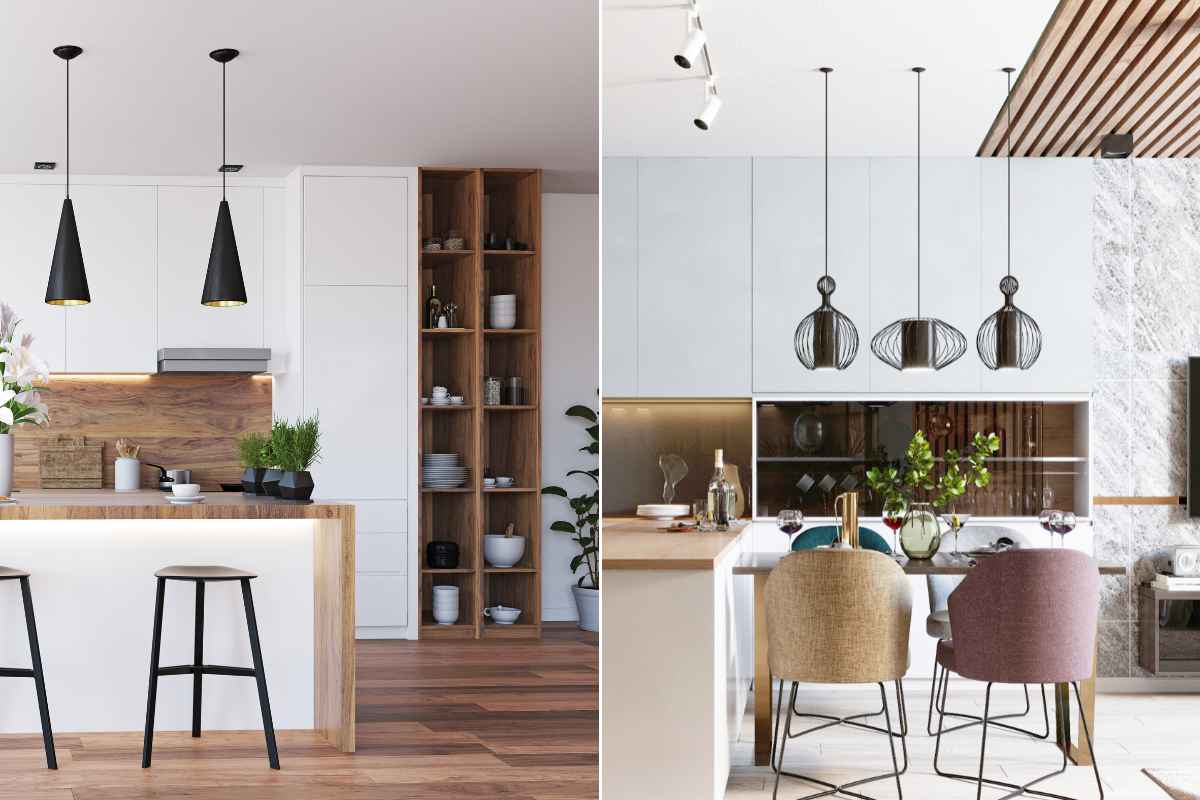
Driven by advancements in materials science and a growing emphasis on sustainability and personal expression, modern home exteriors started to showcase minimalist lines, energy-efficient materials, and bold, unconventional color schemes. But what catalyzed this shift, and why does it matter? This transition reflects a broader societal shift towards individualism and environmental consciousness, encouraging homeowners to break free from traditional norms.
The integration of technology in modern designs has also allowed for more innovative uses of space and light, further distinguishing them from their traditional counterparts. This era of design embraces flexibility, eco-friendliness, and technological integration, marking a significant departure from the past. As a result, the modern home exterior is not just a style statement but a reflection of contemporary living standards and values.
Key Elements in Modern Exterior Design
Innovative Materials:
Innovative materials have undoubtedly been at the forefront of this transformation. Today's homeowners have access to a plethora of options that were either non-existent or prohibitively expensive in the past. From composite materials that mimic natural textures to advanced polymers that offer unmatched durability and insulation, the choices are both abundant and eco-friendly.
Color Trends:
Color trends have also seen a dramatic shift. Gone are the days of subdued palettes designed to blend in with the surroundings. Instead, we see vibrant colors making a statement and black or white monochromes defining sleek, sophisticated exteriors. It's a reflection of individuality and a break from tradition that resonates with many. Architectural styles have evolved to prioritize not just beauty, but functionality and environmental harmony.
The adoption of green technologies and materials in modern designs further underscores the commitment to sustainability. Furthermore, the modern aesthetic often incorporates elements that promote natural light and ventilation, enhancing living comfort and reducing energy consumption. This holistic approach to design not only improves the home's aesthetic but also its performance and impact on the environment.
Architectural Styles:
In the context of modern exterior transformations, metal roofing deserves special attention. Its durability and sustainability are unparalleled, offering homeowners a roofing solution that withstands harsh weather and reduces energy consumption. The aesthetic versatility of metal roofing is another major draw. Available in a wide range of colors and finishes, it can complement any architectural style, from the rustic charm of a traditional home to the sleek, angular lines of a contemporary design.
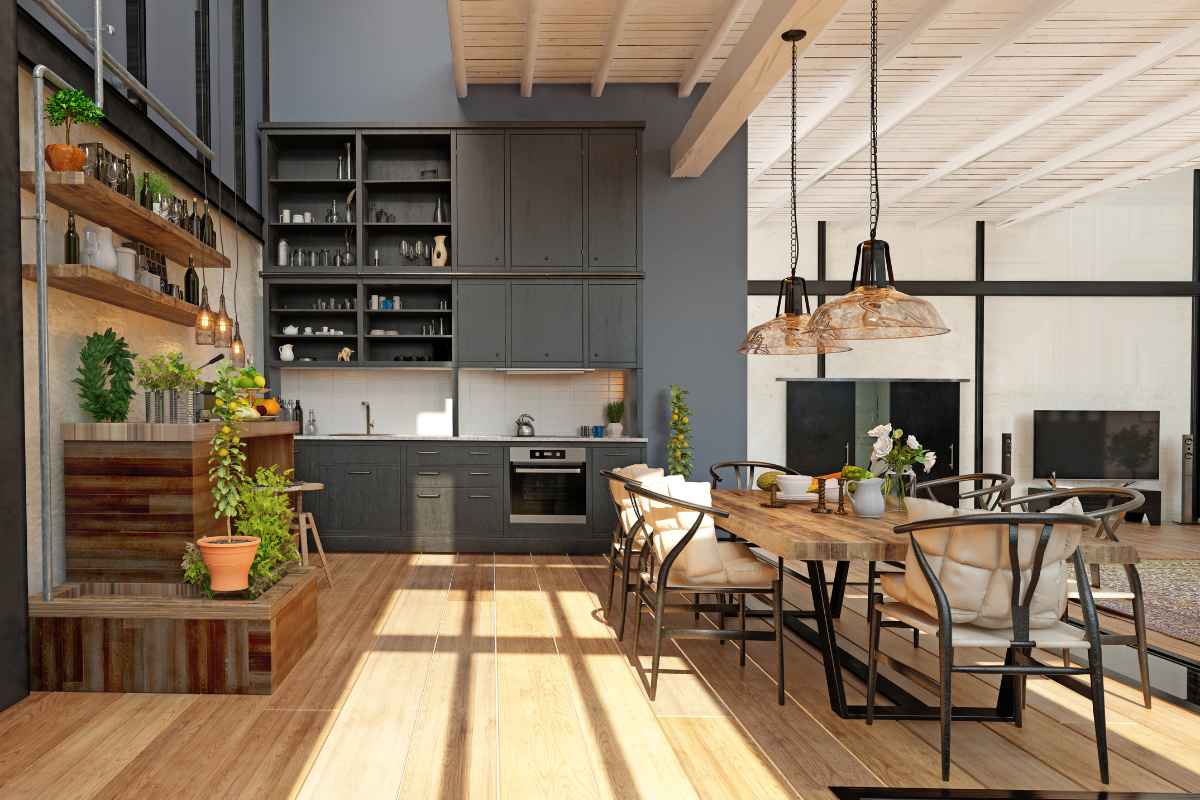
Metal Roofing:
Choosing the right metal roofing company becomes a crucial decision in this process. It's not just about the product; it's about the expertise in installation, understanding of local climate considerations, and post-installation support. A reputable company ensures that the investment in metal roofing brings not only aesthetic enhancement but also tangible, long-term benefits. The reflective properties of metal roofing contribute significantly to a home's energy efficiency, keeping interiors cooler in summer. Moreover, its recyclability at the end of its long life cycle aligns with modern values of sustainability and environmental stewardship.
Practical Considerations
While the allure of modernizing your home's exterior is strong, practical considerations such as cost and maintenance cannot be overlooked. Modern materials and designs often come with a higher initial investment. However, their energy efficiency, durability, and low maintenance requirements can lead to savings over time. Understanding these trade-offs is essential for homeowners making informed decisions about their renovations.
Maintenance and longevity are also key factors. Modern materials are designed for minimal upkeep, but understanding their care will ensure they retain their aesthetic and functional benefits for years to come. It's a balance between embracing the new and respecting the practical realities of home ownership. The decision to renovate should also consider the home's existing structure and location, as these factors can influence the suitability and impact of modern design elements. Additionally, navigating zoning laws and homeowners association guidelines may be necessary to ensure that modern renovations are compliant.
Visual Transformations: The Art of Exterior Redesign
Witnessing the metamorphosis of a home's exterior from its original state to a modern masterpiece is an awe-inspiring experience. Without the need for firsthand accounts, the visual evidence of these transformations alone speaks volumes. By observing the before and after photos, one can appreciate the meticulous planning and creative vision that drive such dramatic changes.
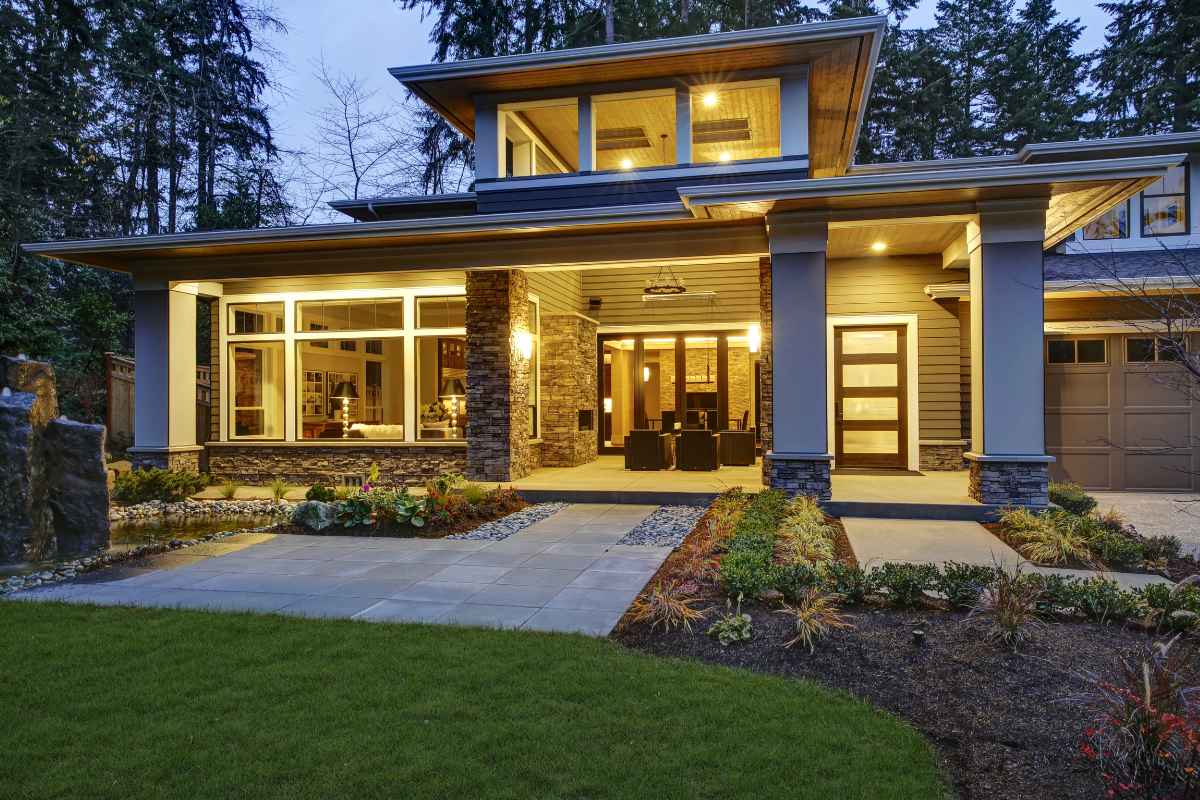
These visual transformations serve as a vivid showcase of how innovative materials, striking color choices, and contemporary design principles can breathe new life into any home's facade. This gallery of transformations not only demonstrates the visual potential of modern exterior design but also highlights the universal appeal of aesthetic evolution, proving that the essence of a home can be profoundly enhanced without a single word being exchanged.
Conclusion
Redefining your home's exterior from traditional to trendy is more than a cosmetic update; it's a reflection of personal growth and changing priorities. Whether it's through the sustainable choice of metal roofing, the bold statement of a new color palette, or the adoption of a minimalist architectural style, these changes can bring a renewed sense of pride and joy to homeownership. As we look to the future, the possibilities for exterior home design are as limitless as our imagination.
The challenge and opportunity lie in balancing innovation with practicality, ensuring that our homes not only look beautiful but also meet the evolving needs of those who inhabit them. Let's embrace this journey of transformation with open minds and inspired hearts. The evolution of home exteriors from traditional to trendy not only enhances the visual landscape of our communities but also reflects our collective journey towards a more sustainable, personalized, and technologically integrated future.

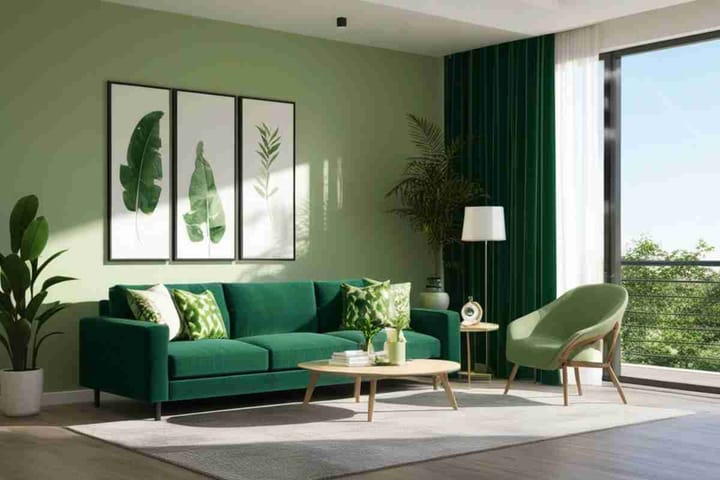
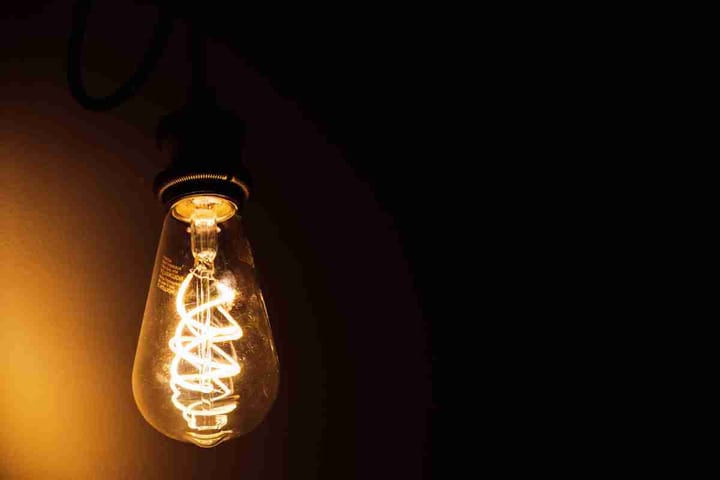
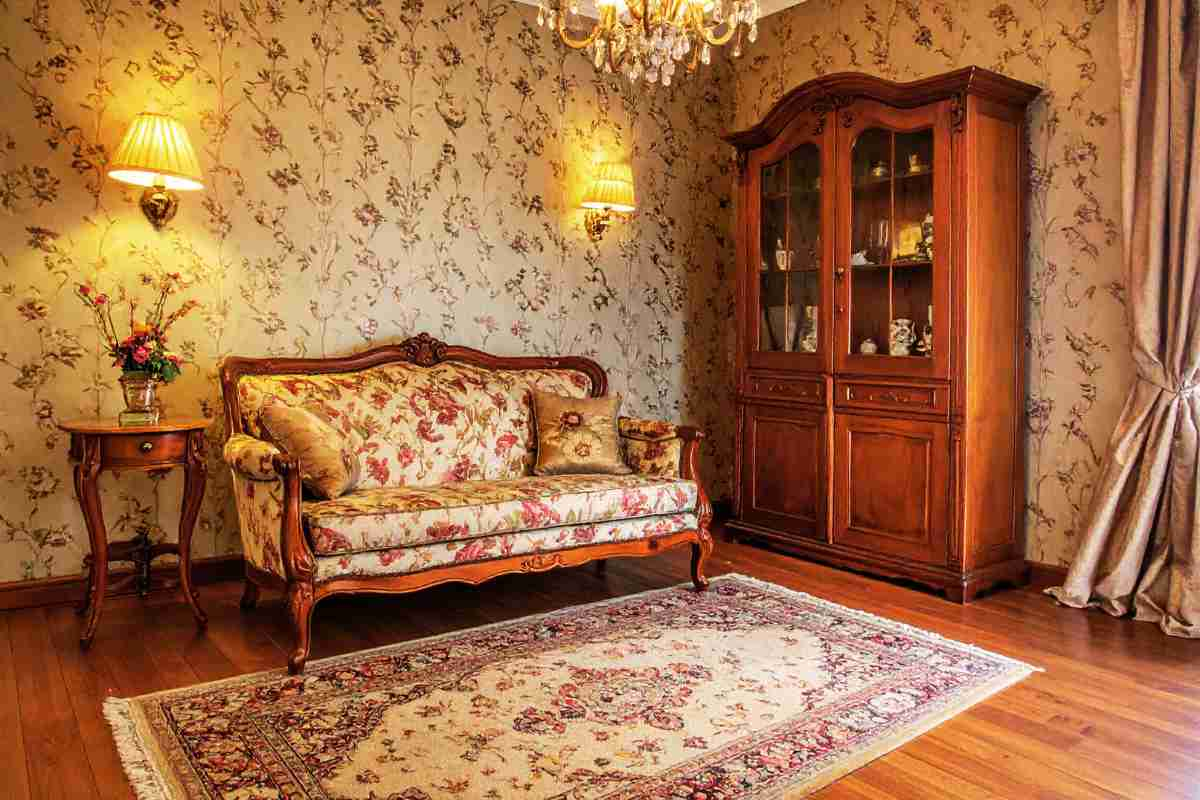
Comments ()